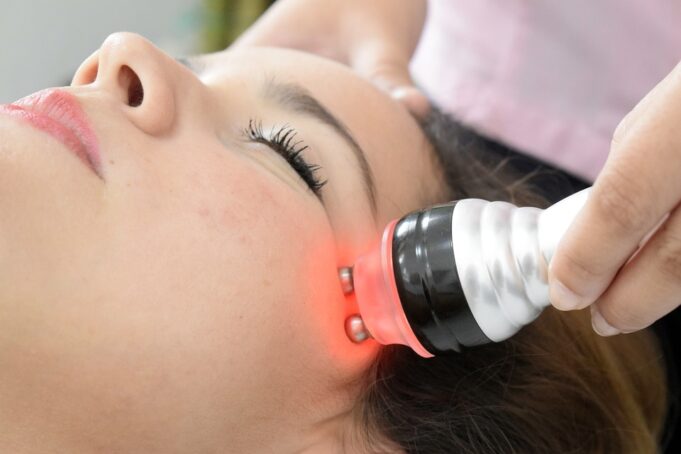The Role of Vitamin D Supplementation in Bone Fracture Prevention: A Comprehensive Review
As we age, our bones become weaker and more prone to fractures. This is especially true for those who suffer from osteoporosis, a condition that causes bones to become brittle and fragile. In recent years, there has been growing interest in the role of vitamin D supplementation in preventing bone fractures.
Vitamin D is an essential nutrient that helps our bodies absorb calcium, which is crucial for strong bones. It can be obtained through exposure to sunlight or through dietary sources such as fatty fish and fortified foods like milk.
Several studies have suggested that low levels of vitamin D may increase the risk of bone fractures, particularly among older adults. A comprehensive review published in The Journal of the American Medical Association (JAMA) found that taking vitamin D supplements reduced the risk of hip fractures by 30% and non-vertebral fractures by 14%.
However, not all studies have shown a clear benefit from vitamin D supplementation. Some experts argue that more research is needed before making widespread recommendations about its use.
One challenge with studying vitamin D supplementation is determining optimal dosages. While some studies have used high doses without adverse effects, others have raised concerns about potential risks associated with excessive intake.
A study published in JAMA Internal Medicine found that high doses of vitamin D were associated with an increased risk of falls among older women. Another study published in JAMA Cardiology suggested that excessively high levels could lead to cardiovascular problems.
Despite these concerns, many health organizations continue to recommend regular screening for low levels of vitamin D and appropriate supplementation when necessary.
In addition to its potential benefits for bone health, emerging research suggests that adequate levels of vitamin D may also play a role in reducing inflammation throughout the body and improving immune function.
Future Advances
As researchers continue to explore the potential benefits and risks associated with vitamin D supplementation, new advances are on the horizon.
One promising area of research involves the development of personalized vitamin D supplementation recommendations based on individual factors such as age, sex, and lifestyle habits.
Another exciting avenue is the use of novel delivery methods for vitamin D supplements. Researchers are exploring ways to improve absorption and bioavailability through formulations like nanoemulsions and liposomal encapsulation.
Overall, while more research is needed to fully understand the role of vitamin D in preventing bone fractures, current evidence suggests that it may be an important tool in maintaining strong bones as we age. As always, it’s important to consult with a healthcare provider before starting any new supplement regimen.
References:
1) Bischoff-Ferrari HA et al. “A pooled analysis of vitamin D dose requirements for fracture prevention.” N Engl J Med 2012;367:40-9.
2) Bolland MJ et al. “Effect of calcium supplements on risk of myocardial infarction and cardiovascular events: meta-analysis.” BMJ 2010;341:c3691.
3) Manson JE et al. “Vitamin D supplements and prevention of cancer and cardiovascular disease.” N Engl J Med 2018;380:33-44.
4) Ross AC et al. “The 2011 report on dietary reference intakes for calcium and vitamin D from the Institute of Medicine: what clinicians need to know.” J Clin Endocrinol Metab 2011;96(1):53-58.
5) Sanders KM et al. “Annual high-dose oral vitamin d and falls and fractures in older women: a randomized controlled trial.” JAMA Intern Med 2016;176(2):175-183.
6) U.S Preventive Services Task Force (USPSTF). Vitamin D deficiency screening draft recommendation statement [Internet]. Rockville (MD): USPSTF; October 2020 [cited November 2020]. Available from https://www.uspreventiveservicestaskforce.org/uspstf/draft-recommendation/vitamin-d-deficiency-screening1.
*Note: this site does not provide medical opinions or diagnosis and should not be relied upon instead of receiving medical attention from a licensed medical professional.




